When planning your emergency power setup, it’s critical to understand both the wattage needs of your essential appliances and the capacity of the generator and inlet box you're using. Your choice could greatly influence what you can power during an outage. In this blog post, we’ll compare two popular EP Kits from AC WORKS®: the EPL1430KIT for 30A service and the EP1450KIT for 50A service. By the end, you’ll have a clearer idea of which kit will best meet your needs and keep your home powered through any emergency.
Understanding Your Power Needs
Before diving into the specifics of each kit, it's important to know how much power your essential appliances require. This can help you choose between the 30A and 50A options. You’ll want to start by listing the appliances you plan to run during a power outage and their wattage requirements.
For example, common household appliances such as refrigerators, sump pumps, and heating systems vary in their wattage needs, which will impact your decision when selecting an EP Kit.
30A Scenario: The EPL1430KIT
The EPL1430KIT is the 30A option, featuring a NEMA L14-30 inlet box and a matching L14-30 extension cord. With a maximum wattage capacity of 7,500 watts, this kit is perfect for powering essential appliances in smaller homes or for emergency power during short-term outages.
Key Specifications:
- Inlet Box: NEMA L14-30
- Extension Cord: L14-30 with elbow connector
- Max Wattage: 7,500 watts
Here’s a breakdown of what you can power within the 7,500-watt limit:
- Refrigerator/Freezer: 700 watts
- Sump Pump: 1,000 watts
- Well Pump: 1,000 watts
- Central AC/Furnace Fan: Average 1,200 watts
- Water Heater: 2,000 watts
- Microwave: 1,000 watts
- Light Bulbs (3 bulbs at 100 watts each): 300 watts
Total: 7,200 watts
With 7,200 watts, this kit can cover most of your household necessities, including refrigeration, basic heating, and lighting during a power outage. However, always keep an eye on the wattage used to avoid tripping breakers and disrupting your power supply.
50A Scenario: The EP1450KIT
For those who need more power or have larger homes, the EP1450KIT is the 50A solution, featuring a CS6375 inlet box and a matching 50A cable of up to 50 feet in length. With a maximum wattage capacity of 12,500 watts, this kit can handle more appliances, giving you peace of mind during prolonged outages.
Key Specifications:
- Inlet Box: NEMA CS6375
- Extension Cord: Up to 50 feet in length
- Max Wattage: 12,500 watts
Here’s a breakdown of additional items you can power with the EP1450KIT:
- Starting Point: 7,200 watts (from the EPL1430KIT scenario)
- TV: 400 watts
- Electric Stove: 2,000 watts
- Additional Light Bulbs (3 bulbs at 100 watts each): 300 watts
- Fan or Space Heater: 1,000 watts
Total: 10,900 watts
With the EP1450KIT, you’ll have plenty of room for extras like entertainment, additional lighting, or even a stove to cook meals. If you have a generator rated above 12,500 watts and a NEMA 14-50 receptacle, this kit will allow you to power almost everything you need in your home, from lights to heating to cooking appliances.
Choosing the Right Kit for Your Needs
When choosing between the EPL1430KIT and EP1450KIT, consider both the wattage requirements of your appliances and the duration of power outages you typically experience. If you’re looking to cover the essentials like refrigeration, lighting, and heating, the 30A EPL1430KIT may be sufficient. However, if you need to power more appliances or larger systems, the 50A EP1450KIT will give you the extra wattage capacity you need.
Final Thoughts
AC WORKS® offers both the EPL1430KIT and EP1450KIT to help meet your emergency power needs. Whether you opt for the 30A or 50A option, both kits provide reliable power solutions that can keep your home running smoothly during outages. Be sure to check your appliances’ wattage ratings and match them with the right generator and EP kit to avoid any disruptions.
Shop Now:
Prepare your home for power outages with AC WORKS® EP Kits.
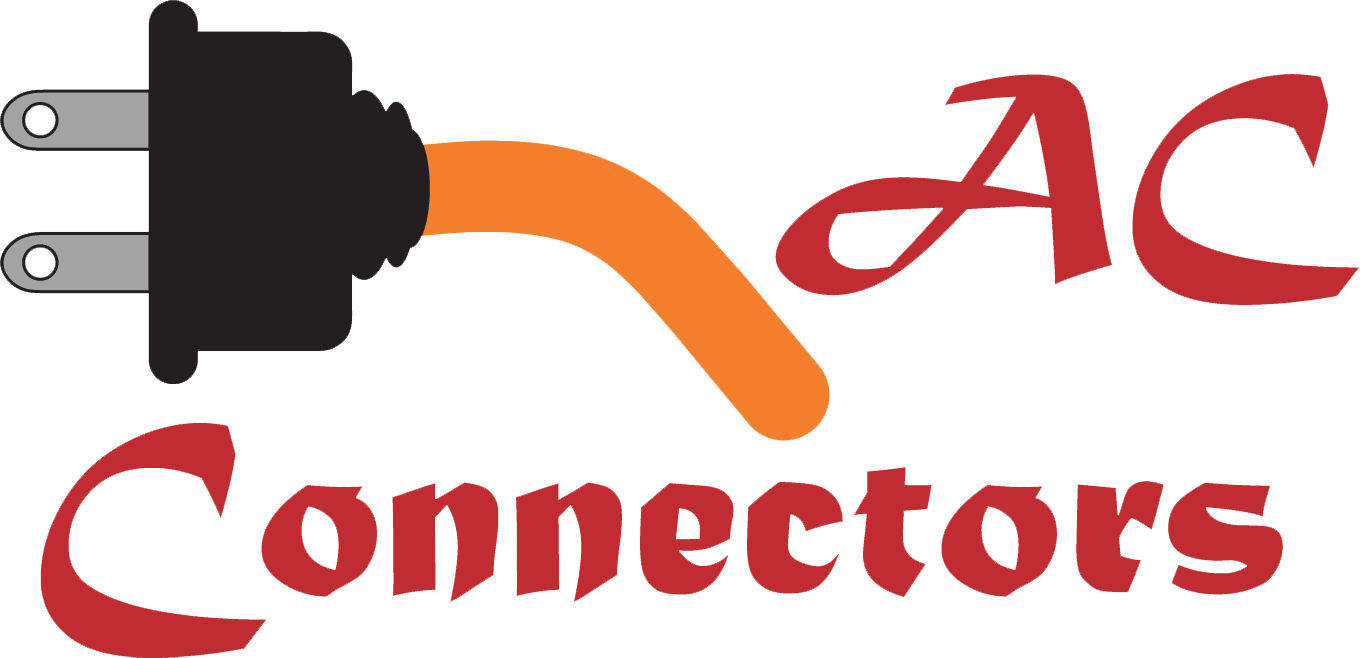

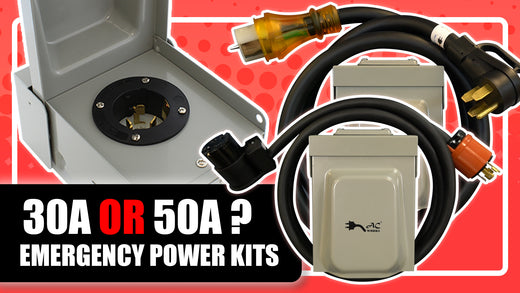
![AC WORKS® [EP1450KIT] 50A Emergency Power Kit with SS2-50 Inlet Box](http://acworks.com/cdn/shop/files/EP1450KIT-010-0_e0084c7a-e985-44f5-8194-beb1ba42b38c.jpg?v=1761065313&width=2500)
![AC WORKS® [EPL1430KIT] Generator Emergency Power Kit with L14-30 Inlet Box](http://acworks.com/cdn/shop/files/EPL1430KIT-0_e6d954ff-aecf-4253-9519-15139f8a108c.jpg?v=1722627388&width=2500)
![AC WORKS® [ASINSS2PBX-G] 50A Locking 4-Wire CS6375/ SS2-50 Heavy-Duty Transfer Switch Inlet Box](http://acworks.com/cdn/shop/files/ASINSS2PBX-0_0206b362-7c90-42a5-8754-0685c13dab7e.jpg?v=1758051675&width=2500)
![AC WORKS® [ASL630PBX-G] L6-30 30A 250V 3-Prong Locking Heavy-Duty Industrial Inlet Box](http://acworks.com/cdn/shop/files/ASL1430PBX-0_da9f3fa7-d959-4f28-a0c8-7d0502fc5e28.jpg?v=1758219656&width=2500)
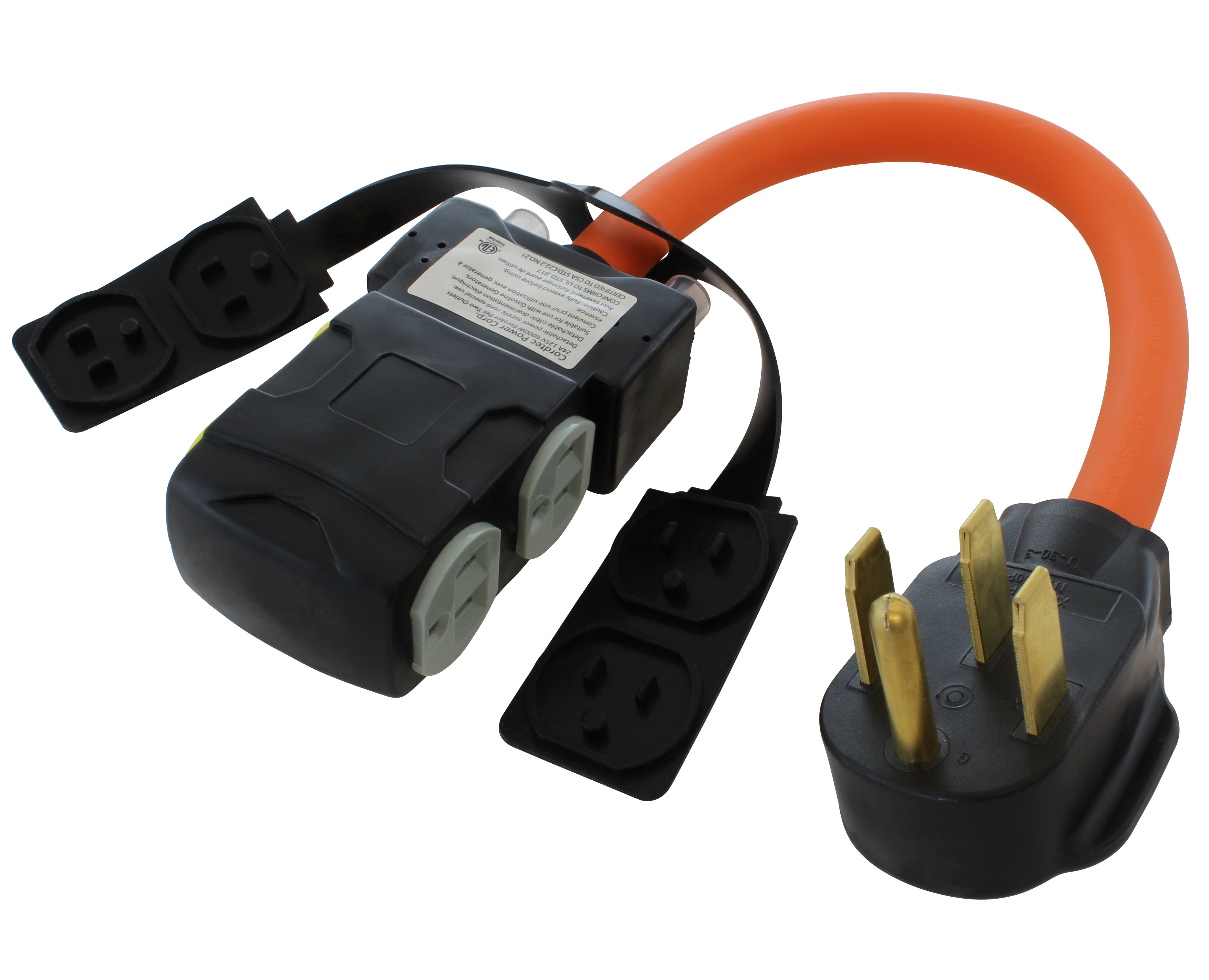
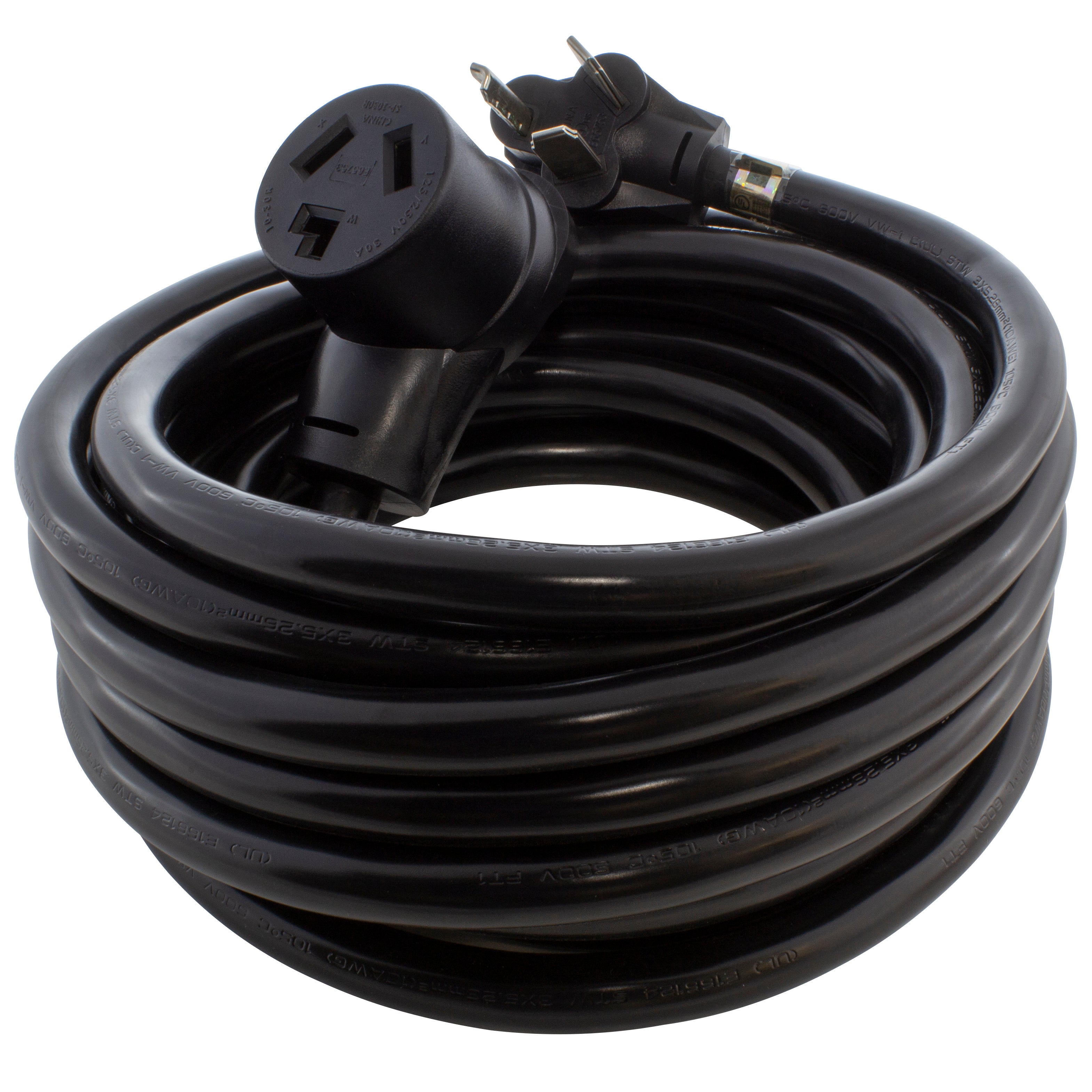
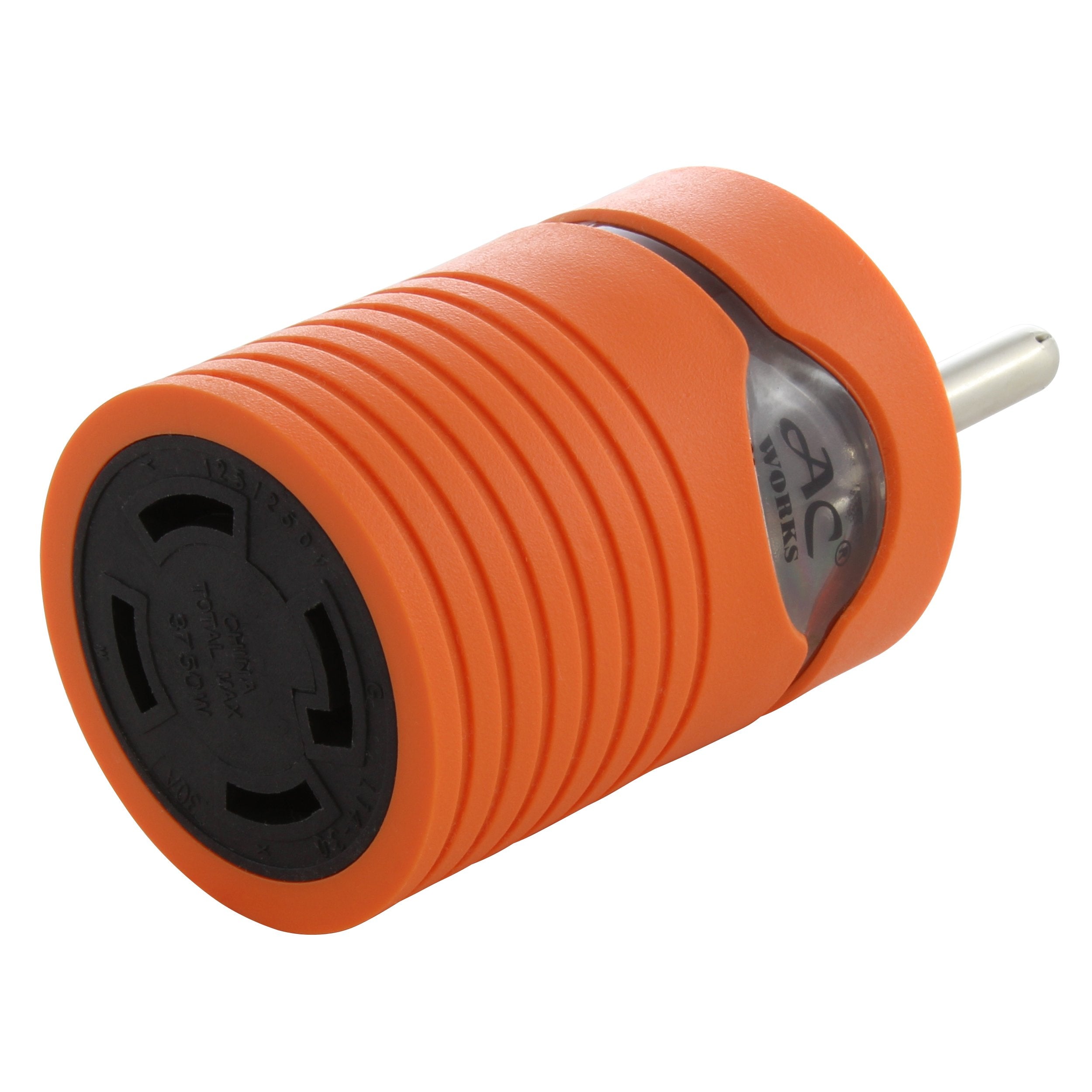
![AC WORKS® [S1430CBF520] 1.5FT 14-30P 4-Prong Dryer Plug to (4) Household Outlets with 24A Breaker](http://acworks.com/cdn/shop/products/S1430CBF520.jpg?v=1666103519&width=4656)

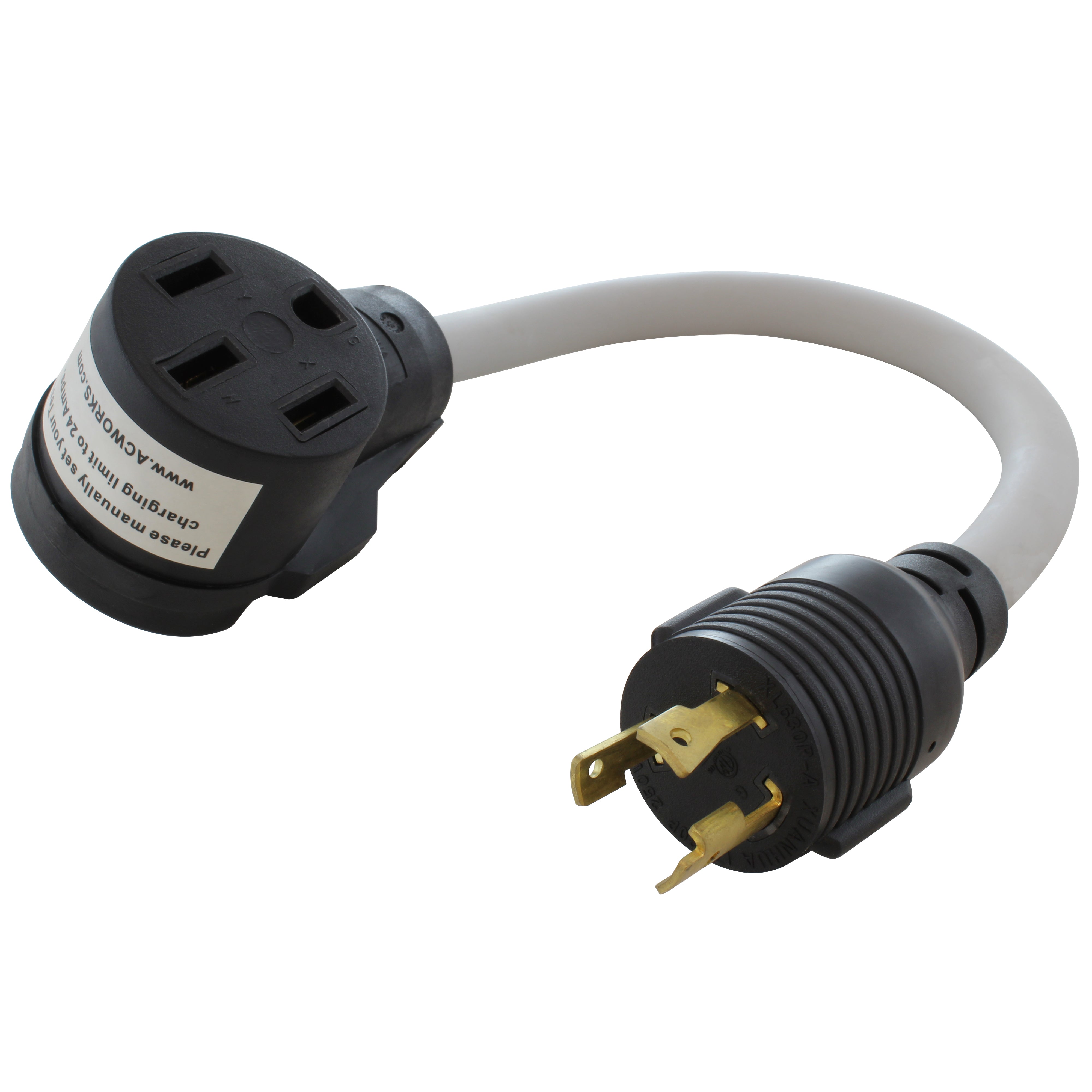
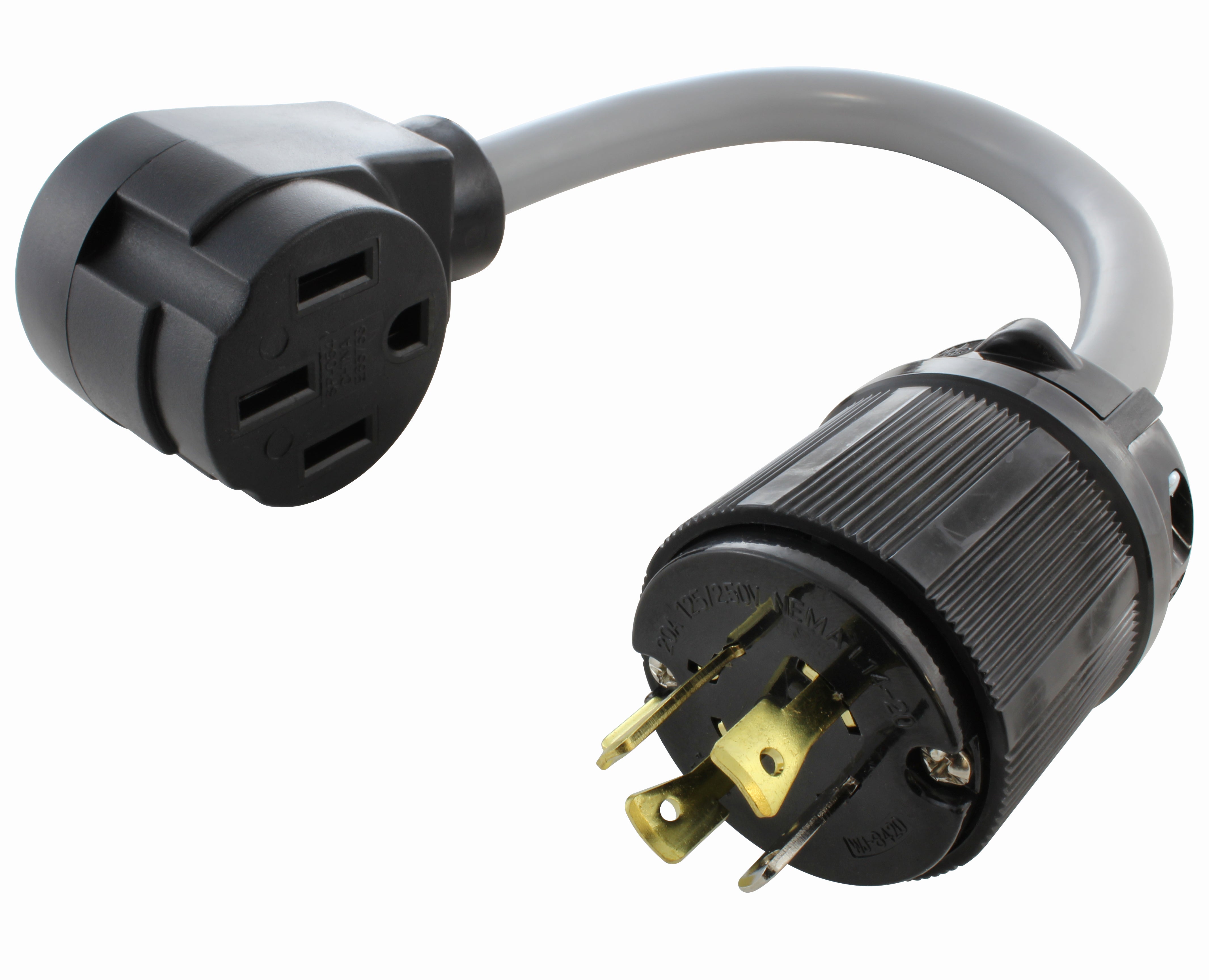
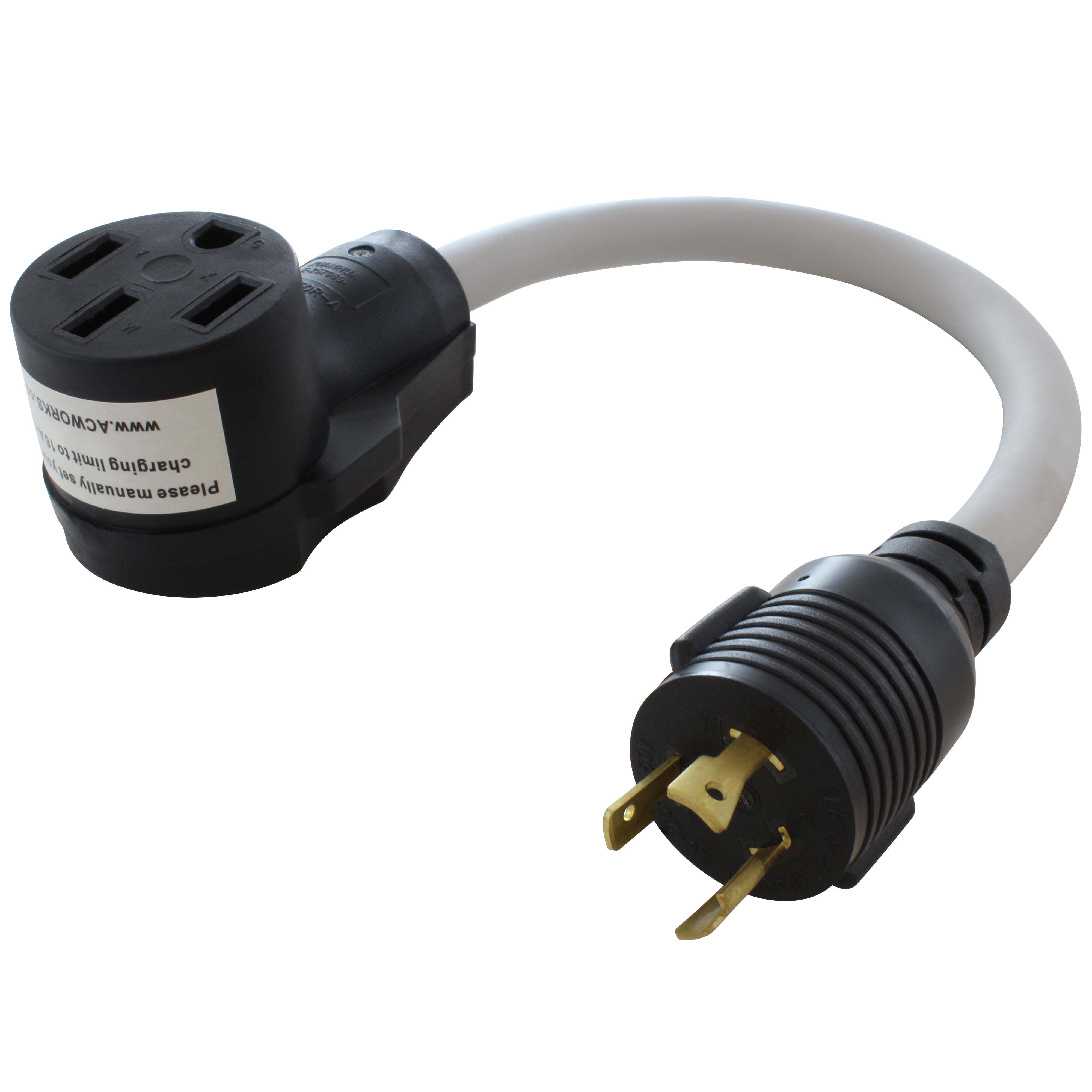


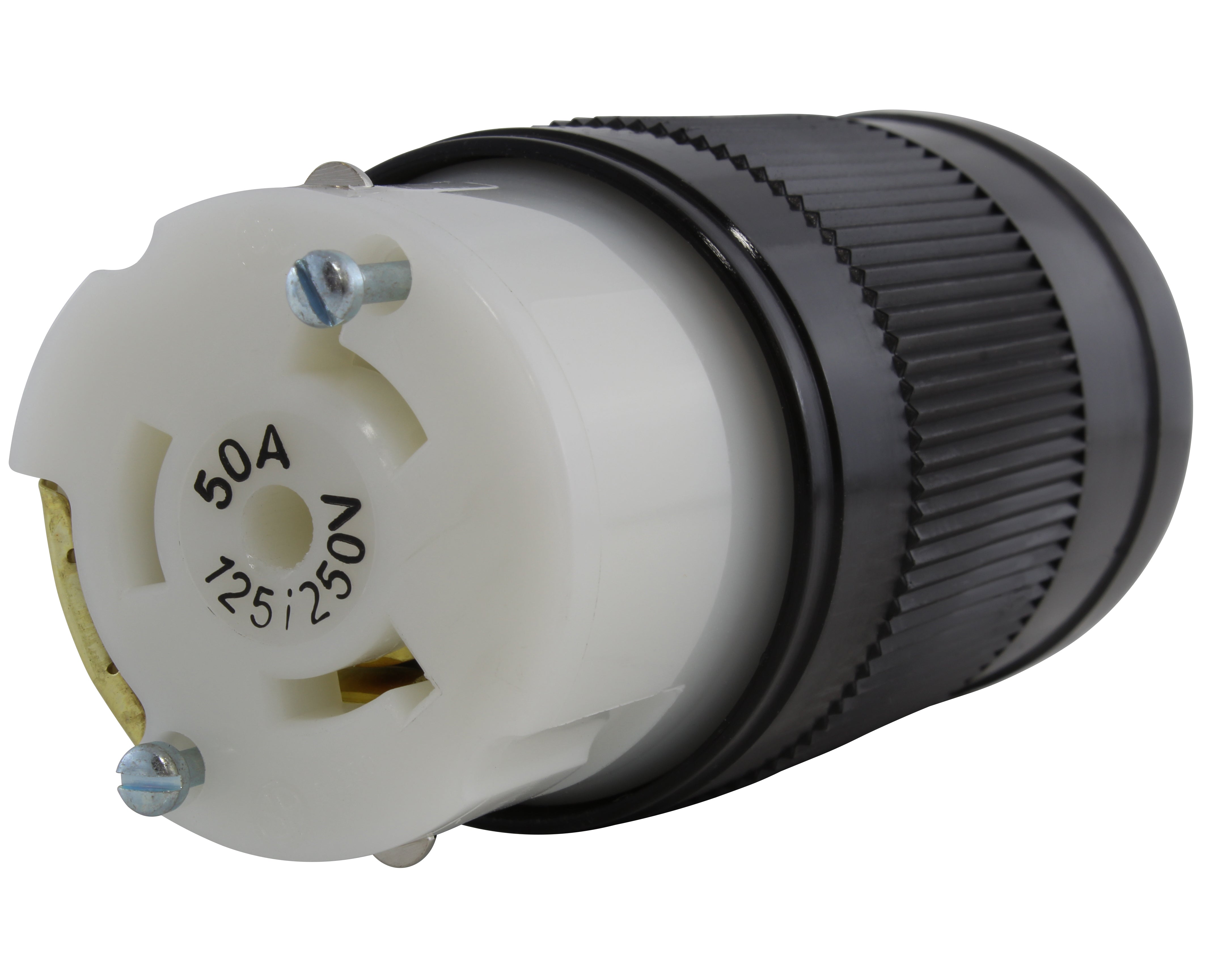
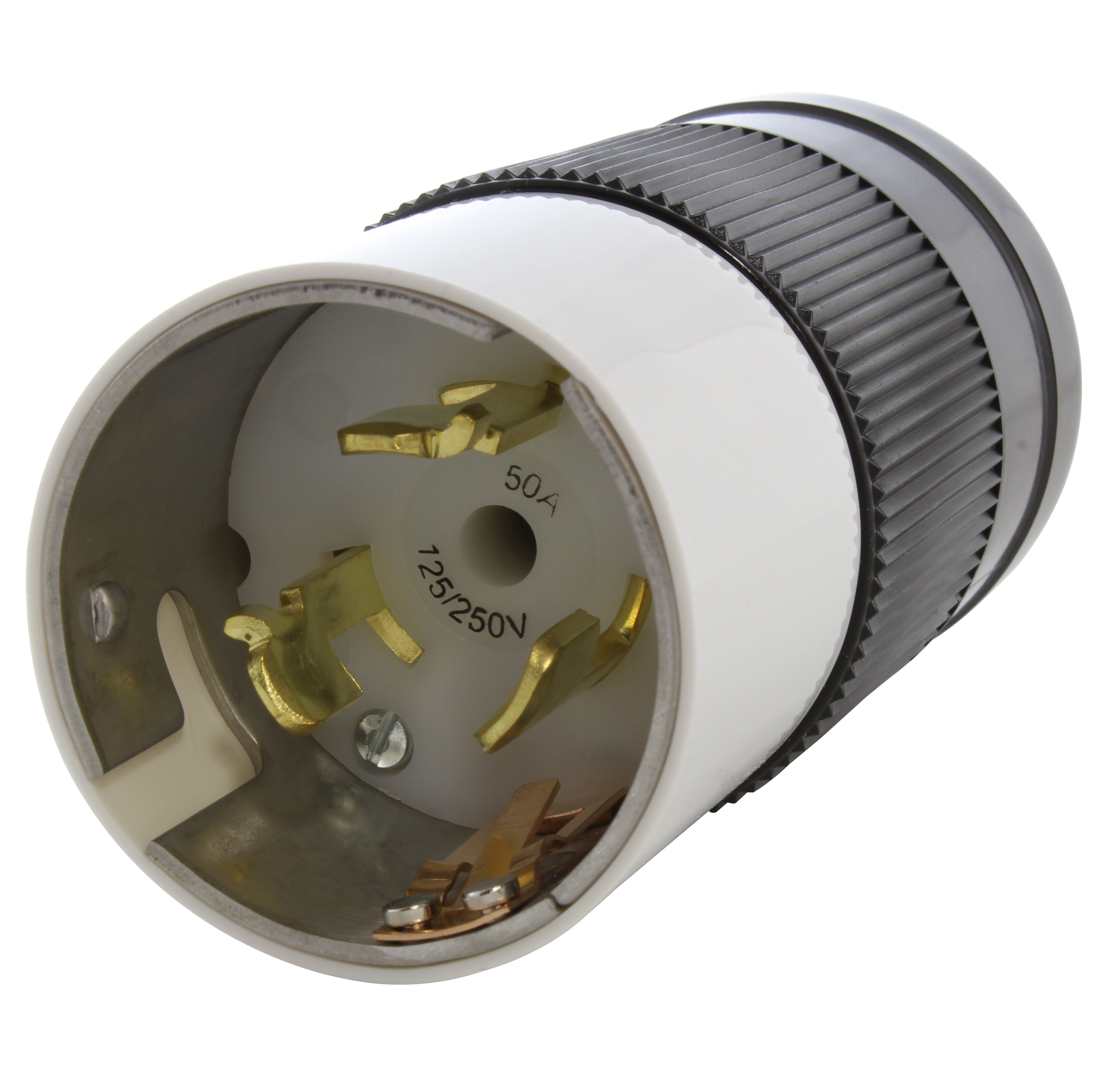
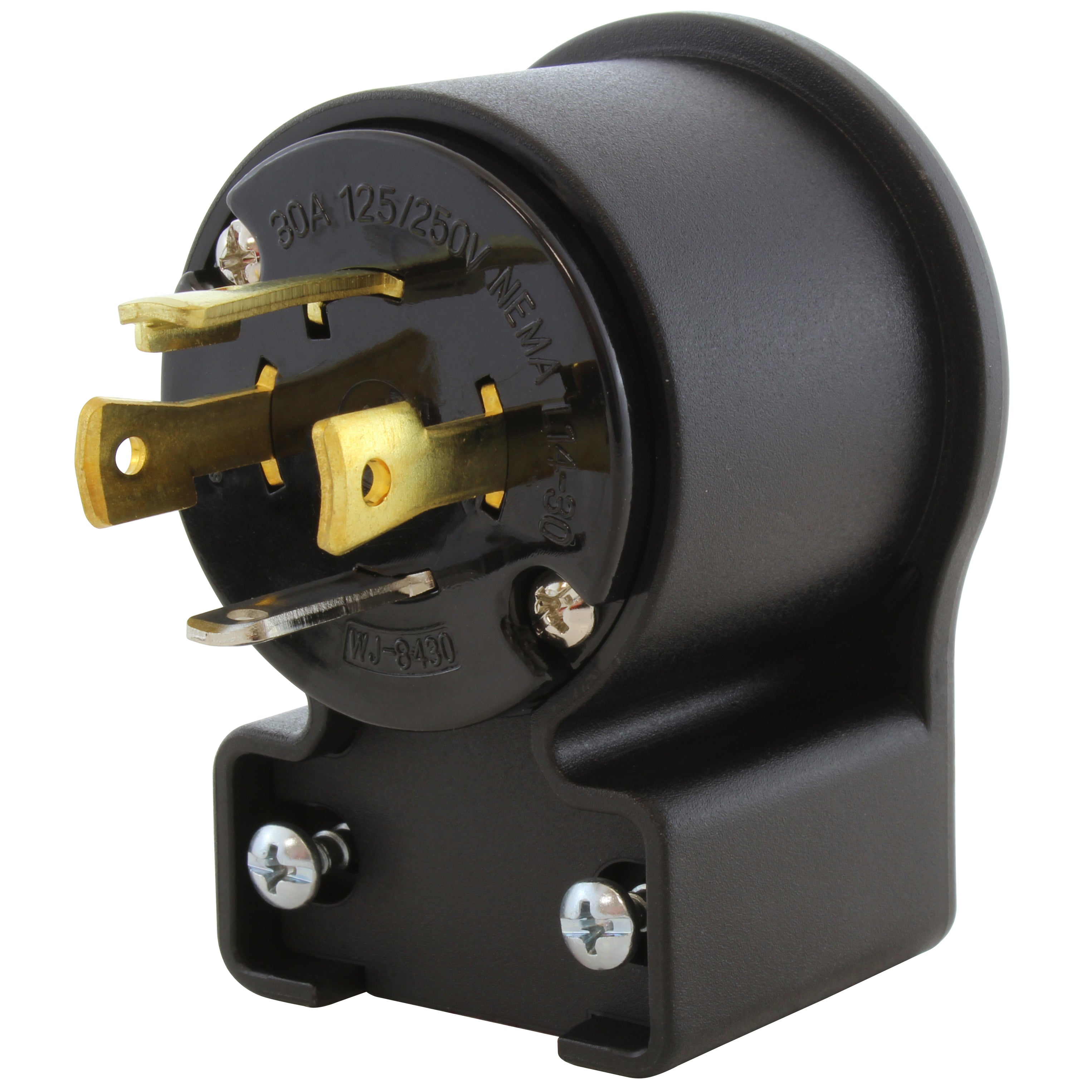

![AC WORKS® [ADV104] 3-Prong Heavy-Duty V-DUO Household Outlet Adapter](http://acworks.com/cdn/shop/products/ADV104-0.jpg?v=1605738768&width=3128)
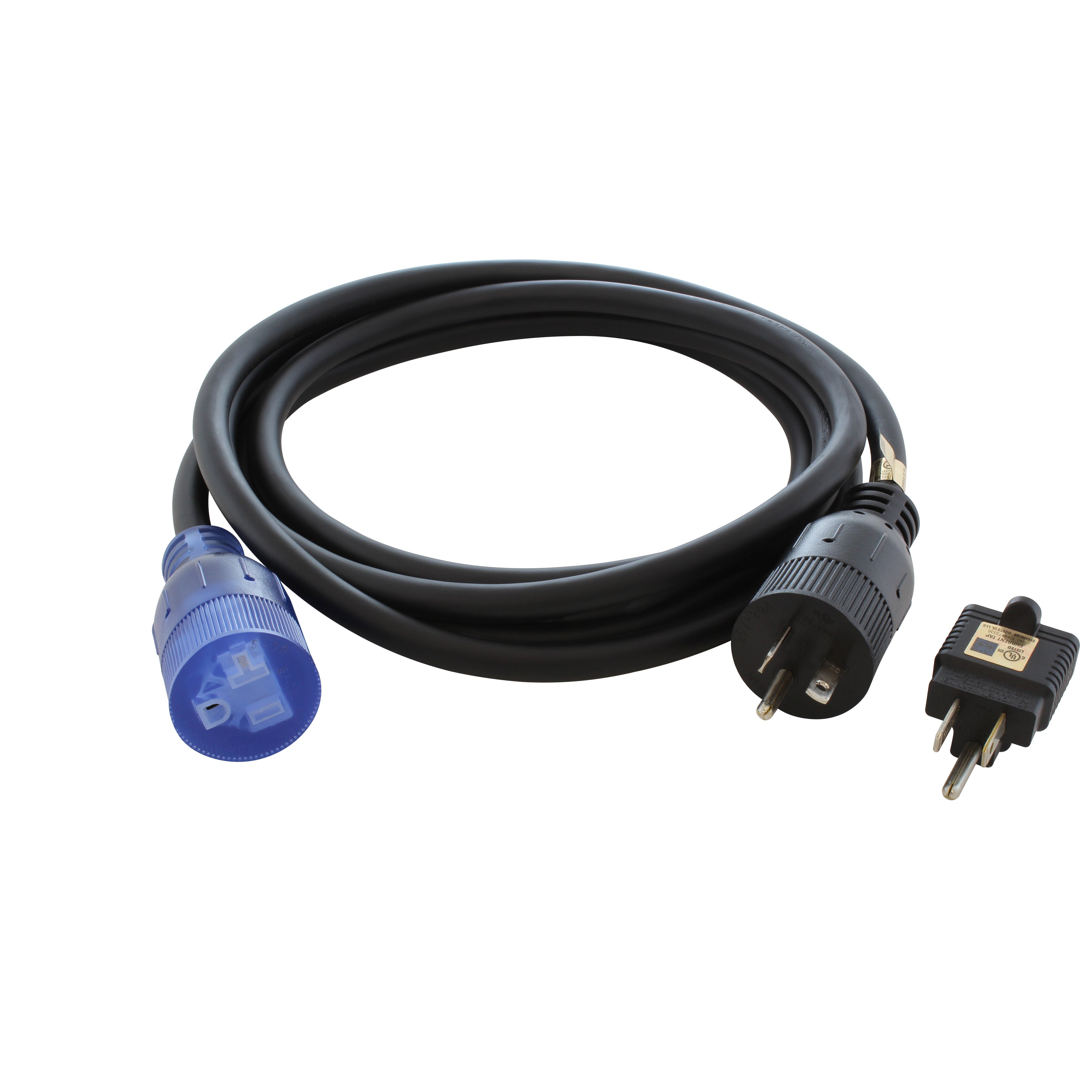
![AC WORKS® [XH515520] 15A to 15/20A 125 Volt Plug Adapter with ETL Safety Approval](http://acworks.com/cdn/shop/files/XH515520-0_daea425a-f439-48df-bb75-052167057f12.jpg?v=1729091519&width=2500)

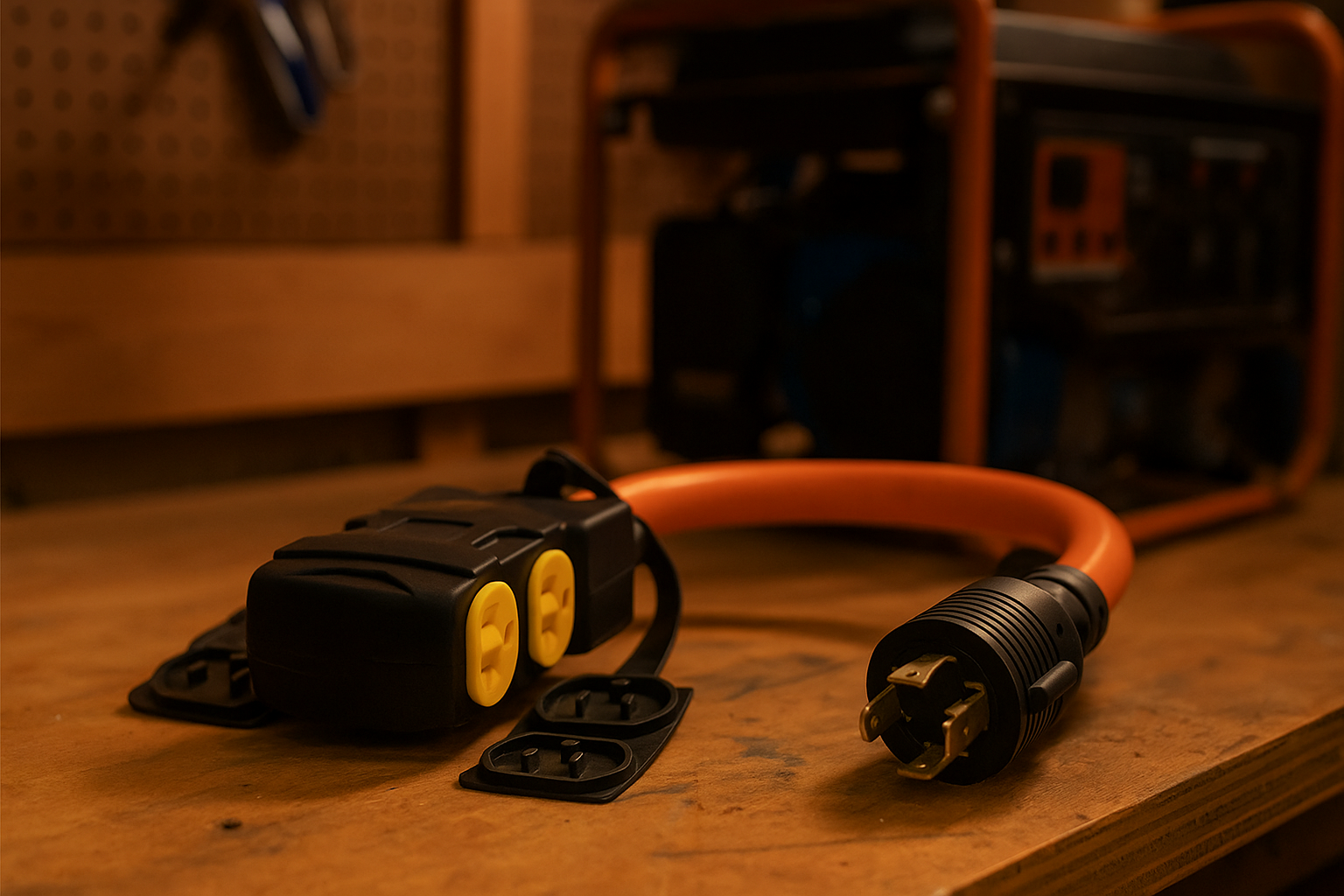
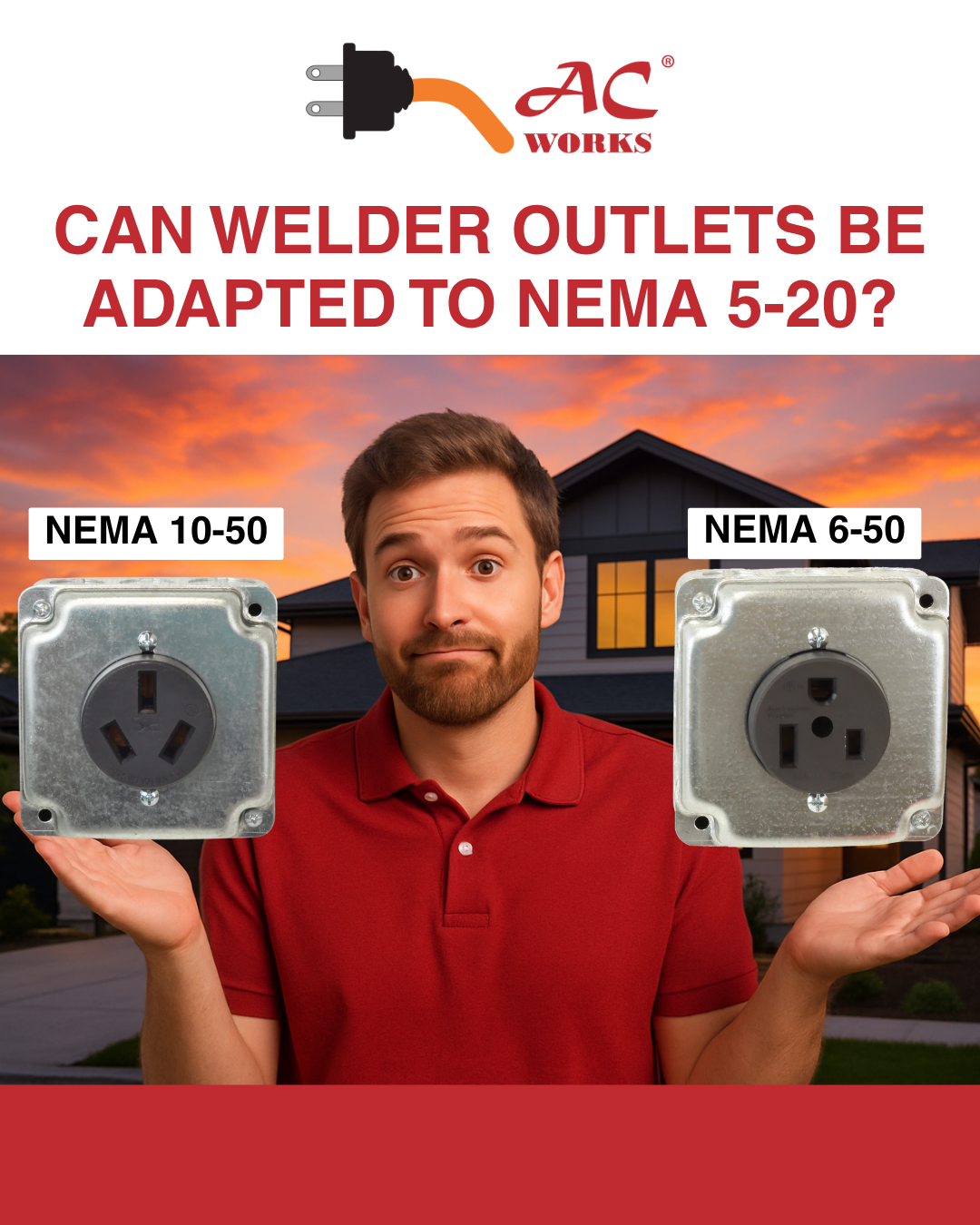
Share:
Affordable Power Solutions for Local Restoration Businesses – Let's Partner!
The Ultimate DIY Guide to Building Your Own Generator Adapter